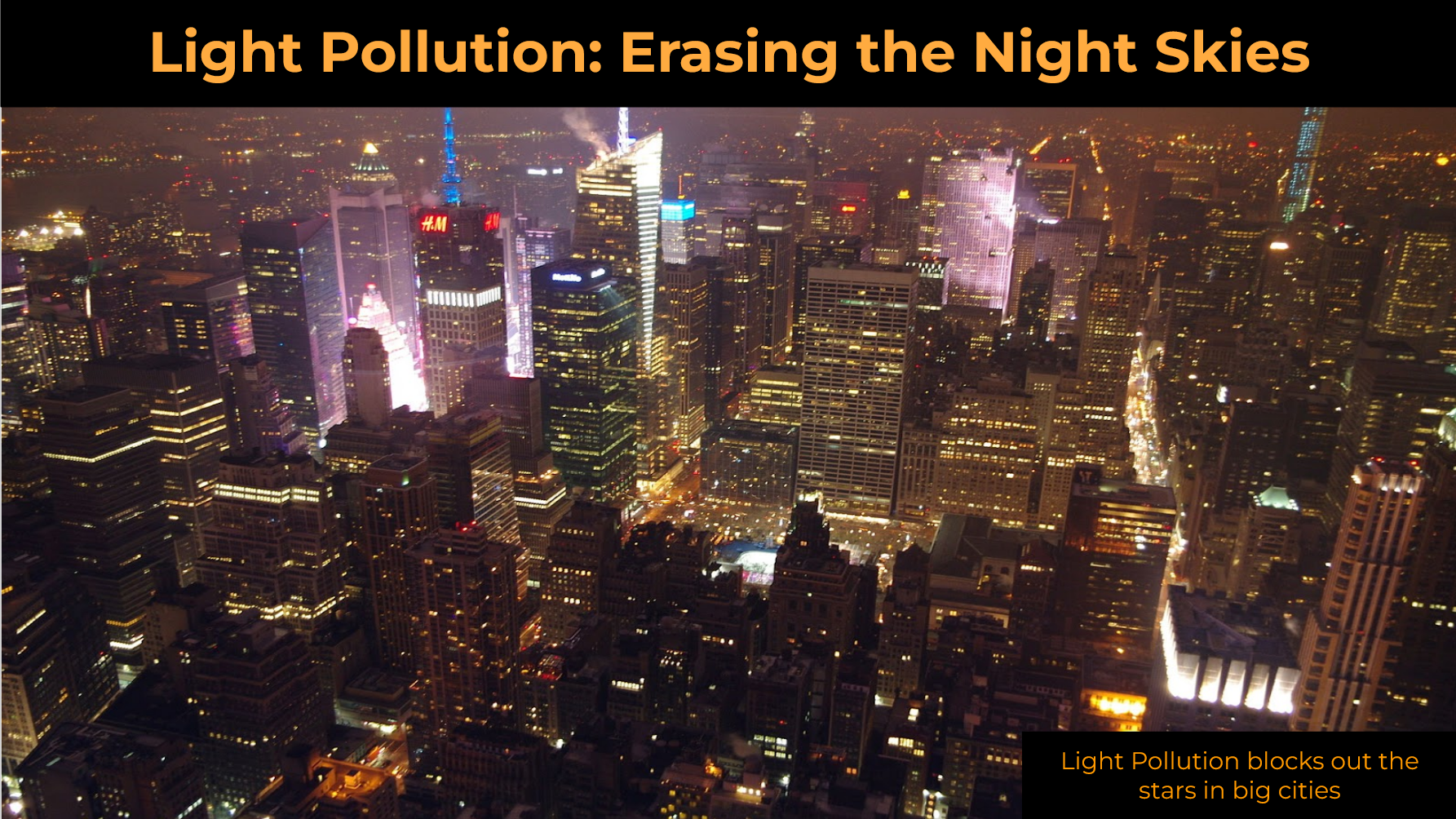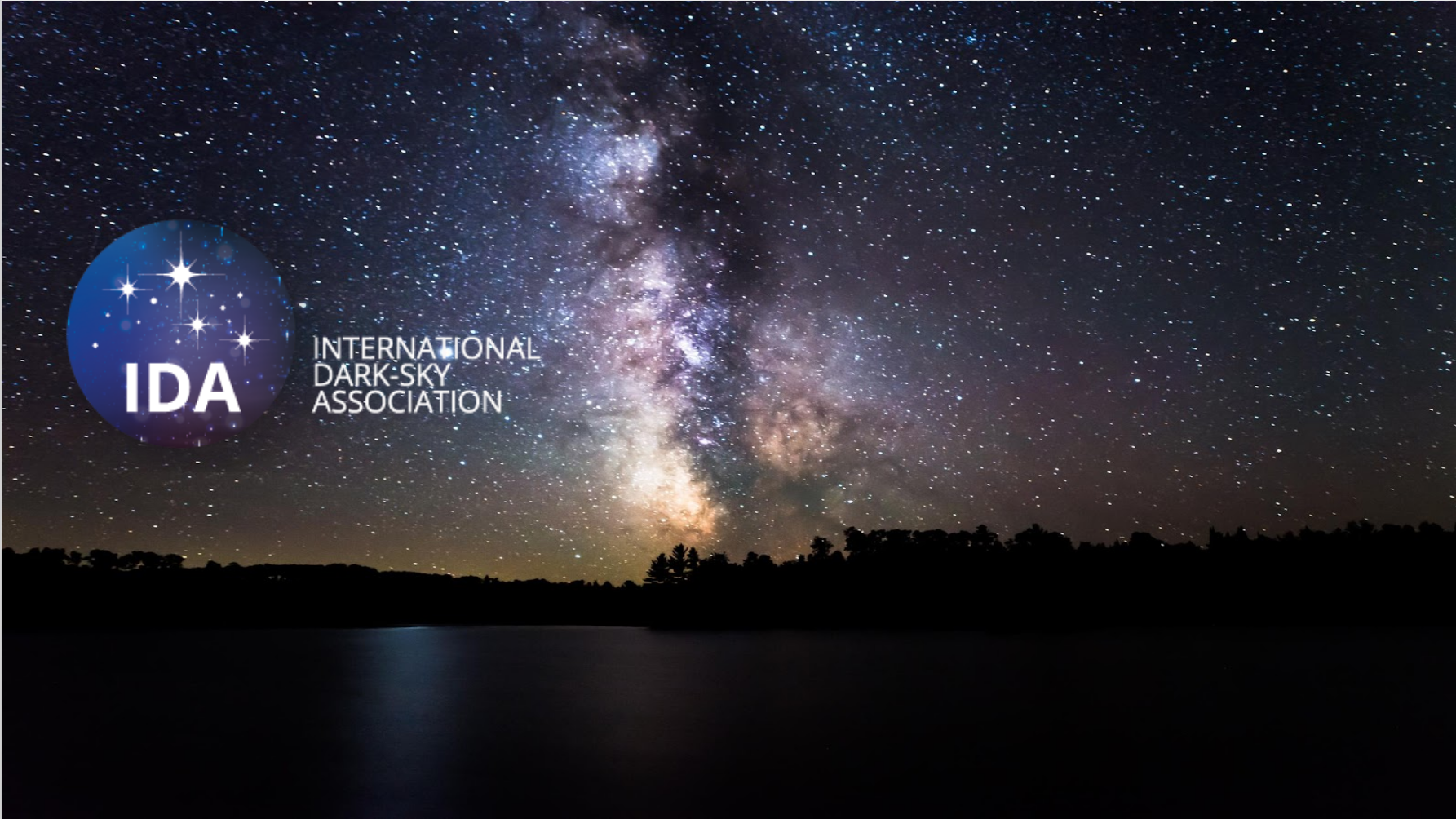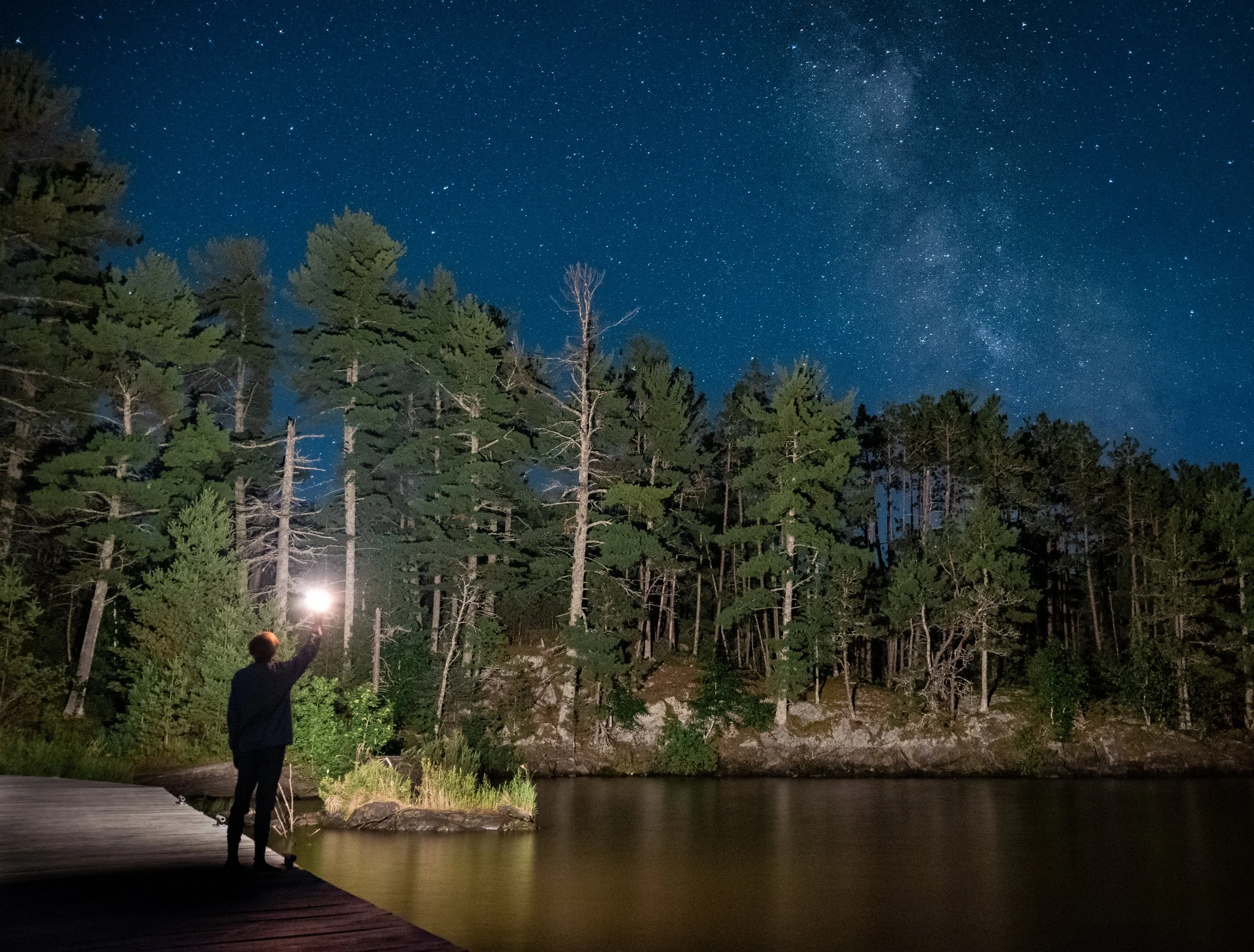
Thank you for signing-up for our Light Pollution Lesson! Below you will find resources to schedule your virtual classroom visit and a downloadable lesson plan.
A member of the Voyageurs Conservancy team will be in touch with you soon. If you have questions, please email us at education@voyageurs.org. Thank you for connecting with us and inspiring your students with the night sky!
Light Pollution Lesson & Resources
Summary
This interactive lesson introduces the concept of light pollution, demonstrates its adverse effects, and allows students to investigate mitigation practices through hands-on activities. The lesson plan was created to support Next Generation Science Standards and follow the philosophy behind the 5E Model of Instruction. This is a three-part activity, ideally spread out over the course of three separate days.
1: Pre Activity (45 - 60 minutes)
2: Activity (45 minutes)
3: Post Activity (60 - 90 minutes)
First, please schedule your virtual classroom visit (necessary to complete “Activity”) Time slots can be reserved via Calendly. Then, download the full lesson plan and follow the instructions in sequential order. If you have any questions, please email us at education@voyageurs.org and we will be happy to help.
Schedule a Classroom Visit
Our Light Pollution Classroom Visits have ended for the season and will resume in Fall 2023 / Winter 2024. If you would like your classroom to participate in a live virtual light pollution lesson presented by a Voyageurs Conservancy Education Specialist, please fill out this brief interest form, and we will be in touch with you soon!
Interested in our Northern Lights Lesson as well? Click here to access this lesson.
DETAILS
Grade level: 4th grade
Setting: Virtual
Subject: Earth and Space Science
Supported Next Generation Science Standards:
3-5-ETS1 - 2 Engineering Design
DCI ESS3.C Human Impacts on Earth Systems
MS-ESS3 Earth and Human Activity
5E Phases:
Engagement
Exploration
Explanation
Elaboration
Evaluation
OBJECTIVES
Define light pollution, and why dark skies are important
Provide examples of the negative impacts of overexposure to light
Demonstrate how to reduce light pollution using a simple light fixture
GOALS:
Think about the different ways in which society contributes to light pollution, and learn about places like Voyageurs National Park that are making sure to preserve dark sky
Plan changes that you can make in your everyday life to minimize light pollution
Acknowledgements & Resources
Voyageurs Conservancy received an Open OutDoors for Kids grant from the National Park Foundation (NPF) to support the development of our Dark Sky Classroom materials and field experiences.
Funding for this project was provided in part by the Minnesota Environment and Natural Resources Trust Fund as recommended by the Legislative-Citizen Commission on Minnesota Resources (LCCMR).
The Trust Fund is a permanent fund constitutionally established by the citizens of Minnesota to assist in the protection, conservation, preservation, and enhancement of the state’s air, water, land, fish, wildlife, and other natural resources.





